Amazon has put together some great Home Gift Deals – save money and get your shopping done at the comfort of your home! Click here to see deals on Amazon
Pink Princess Philodendron is in high demand these days. The craze is due to its unique pink color variegated leaves. It makes gardeners and plant aficionados drool over it.
You can plant it both indoor and outdoor. The bright green and pink leaves give you a nice mixture that adds unique color to any home. The pink color in the leave is due to the absence of chlorophyll.
It grows in zones 9 to 11 and up to 24 inches to 36 inches high. In this detailed guide, we cover everything about Pink Princess Philodendron.
Let’s get started
What is a Pink Princess Philodendron?
Philodendron is a plant with dark green leaves and a streak of dark pink or whitish-pink blotches. People like to plant it indoors and outdoor due to its bright color and long-grown leaves that can spread up to 10 inches long and 5 inches wide.
Interestingly, these pinkish patterns are different in all plants, and sometimes the stems also get the pink blotch. Many growers strive to get the solid pink color leaves, but it needs some work. You have to prune it correctly to encourage the variegation to stay healthy.
The Philodendron doesn’t get pink leaves from the beginning. When growing, the leaves are dark olive green with small white variegation. As the plant matures, the white variegation turns into a pinkish color.
Interestingly, the pink philodendron is a hybrid plant of different species of Philodendron.
The highly valued pink variegation is a result of genetic mutation. It’s challenging to sustain the pink color, which makes it difficult to grow commercially and is costly.
Read More: Your Most Essential Guide Towards Dendrobium Orchid Care: Quick and Easy
How to Grow Pink Princess Philodendron
Growing Philodendron isn’t tough, but getting the pink variegation is a tricky part and takes some effort. Due to the increased demand for a pink princess, growers are selling it at an exorbitant price.
Even some sellers are encouraging pink coloration in Philodendron through an artificial process.
Let’s first find out how to grow Philodendron and things to consider to get the pink variegated color.
The Best Soil For Pink Princess Philodendron
If you’re growing Philodendron indoor, then use soil that is free from dirt and weeds. Philodendron prefers moist but well-drained soil. Buying soil from gardening retailers with organic potting mix supports the growth of Philodendron.
The perlite in the soil helps with the growth of plants. If the potting mix doesn’t contain perlite, then you can buy it separately and mix it with the potting soil. Makes sure the ground has an excellent organic matter to sustain the growth naturally.
You can use the 3 to 1 ratio of potting mix and perlite when preparing the soil for Philodendron. Several good brands of the potting mix are widely available at most gardening centers, and you can buy perlite through a local retailer or online to get started.
After mixing potting mix and perlite, fill it in a container that is big enough to hold the plant. Don’t compact the soil and leave it loose to have proper airflow to the roots. Using a pot that has a hole at the bottom is essential to drain the excess water.
You can buy the Espoma Quart Organic Perlite to get the best result.
Water
The Philodendron like moist growing condition but doesn’t like its roots drenched in water for too long. Overwatering could result in roots rotting and increase the risk of developing fungus around it.
You can water it when the top half inches of the soil start getting dry. How much water depends on the outside temperature and the placement of the plant. When you’re ready, water it thoroughly and let the excess water drain away through the hole at the bottom of the pot.
If you’re planting Philodendron indoor, then you don’t want the water to be spilling inside. You can use a pot that has a tray underneath to capture the excess water.
Sunlight
Philodendron needs good sunlight to grow properly and maximize the pink variegation. However, it doesn’t like direct sunlight. Place it near the window where it can get an ample amount of indirect sunlight.
Pink Variegation
The variegation in the plant is an area where it has a different color. For example, the Philodendron with pink patches is known as philodendron pink princess otherwise it’s a regular Philodendron.
Plants can have other variegated types such as orange, yellow, and white. Variegation isn’t a natural phenomenon but made through mutation between the plants.
The plants need a green color to convert sunlight into energy through a process called photosynthesis. The more variegated the plant is, the lower is its ability to produce food, and the higher the chance of it dying.
You need to take exceptional care with Philodendron that has more pink variegated leaves than green.
Fertilizer
The fertilization helps with the growth of the plant and keeps it healthy and sturdy. You can fertilize Philodendron regularly during the summer when it grows actively and needs more nutrients to sustain the growth.
You don’t need any special fertilizer, but I have used Dyna Gro Liquid Fertilizer to get the best result with the growth and variegation of Philodendron. It’s great for other indoor and outdoor plants.
You can start the fertilization during the growing season after the frost, such as during the spring (March-April), and can reduce it around fall (October-November). You can use a quarter to a half teaspoon of liquid fertilizer in a gallon of water to fertilize Philodendron.
Maintaining a proper growing condition along with enough fertilization keeps the Philodendron foliage strong and healthy. The more pinkish variegated leaves you have, the more sunlight and proper care you have to provide to keep it healthy.
Trellis
Philodendron is a vining plant that means it needs support to grow higher. The foliage of Philodendron isn’t as strong to support the weight of the plant. Without any assistance, the leaves will start spreading on the floor, and you risk damaging the plant.
If you’re planting it indoors, you can provide support by tying it with a rope to the ceiling and wrapping the vines around it. You can also provide a stick or post to climb the vine around as the plant grows.

How to Plant Pink Princess Philodendron from Seeds
Growing philodendron pink princess from seeds is possible but not recommended. You get the pink color leaves due to the mutation in the plant, and when you grow it from seed, then there is a high likelihood for the plant to revert to the standard Philodendron plant with all green leaves.
But if you’re still interested in taking a chance and planting it from seed then keep reading.
To get started, use growing trays or pots. I prefer to use Soligt Growing Trays with Humidity domes for seed starting and germination. It helps philodendron seeds to build naturally. You can then fill it with Happy Frog Potting Soil, which is helpful for all types of container gardening.
Evenly spread the soil in the potting tray, but don’t compact it. Then pour a little bit of water into each bin. Then you’re ready to start planting the seed in each tray. You can plant 2 to 3 philodendrons in each container. Then spray the water at the top to make it moist. Don’t overwater the soil.
Once ready, place the top lid to retain the moisture. Then wait two to three weeks and check if the seed is sprouting. You can choose the healthy sprouted plants and move them to the pot and place it near the indirect sunlight. Apply fertilizers to let the plant grow naturally.
If everything goes fine, then you should be able to have a healthy-looking, beautiful pink philodendron grown from the seed.
How Do You Care for a Philodendron Pink Princess Plant?
Philodendron doesn’t need exceptional care as long as you follow a reasonable amount of effort to keep the plant healthy.
The use of the right soil with proper aeration and airflow to the root prevents the growth of fungi that should keep the plant healthy and stable.
Don’t place it directly in the sunlight, but make sure that it gets full sunlight. So, put it around the windows at the corner where the Philodendron can bask in the sunshine without getting burned by the scorching heat.
However, you have to take some additional care if you want leaves to remain variegated with pink color. You have to maintain the proper balance between the variegated and non-variegated leaves.
As explained earlier, the variegated leaves don’t contain much chlorophyll that is needed for the plant to produce food from the sunlight. The chlorophyll in the leaves gives it a green color.
A fully green leaves philodendron requires less care to remain healthy, but it won’t be Philodendron Pink Princess then.
A more pinkish leaf means the plant needs extra care as it can’t sustain itself, and there is a high likelihood that it may die despite your best effort. You can maintain this balance by strategically pruning the Philodendron.
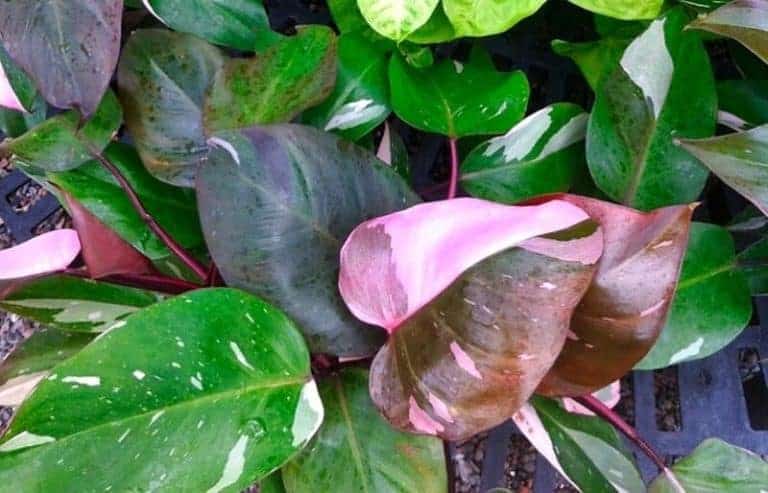
How to Prune Pink Princess Philodendron
Strategic pruning of philodendron is essential for the plant to remain healthy while providing you with beautiful pinkish leaves.
You need to prune the plant when the leaves start turning greener or more pinkish. There is no universal ratio of green to pink leaves in pink Philodendron, but I like to keep mine at 30 percent pink leaves and 70 percent green leaves.
Keeping more green leaves than pink reduces the risk of the plant dying despite your best effort. It’s always advisable to prune any diseased or dried-off leaves. It helps with the prevention of infecting other healthy leaves.
So, when should you start pruning pink princess philodendron?
The pruning should start when you have a couple of leaves grown on the plant, and the leaves start turning yellow. Like several other plants, Philodendron starts getting dormant in the fall, where the growth slows, and it becomes ready to hibernate and start producing buds in the spring.
I prefer to prune mine during the fall to get the Philodendron the best chance of winter survival and produce healthier leaves in the spring.
Depending on how significant the growth is and the number of leaves, you can trim it lightly to have only thirty to forty percent leaves left than earlier. You can also prune all pink leaves to reset the variegation balance.
Take precautions when pruning Philodendron and cut below the leaf node. The node is the spot where the leaf meets the stem. The new growth starts from these nodes, so you mustn’t damage the node.
If the Philodendron has all pink leaves, then you can enjoy it for a while, but don’t leave them too long as it increases the risk of the plant dying. Prune it strategically so you can have the right balance between variegated and non-variegated leaves.
What can you add to the soil to help Pink Princess Philodendron stay pink?
The variegation isn’t dependent on the external factors as much as the plant itself. The variegation is a result of a mutation in the plant. When you have a variegated plant-like pink philodendron that has pink leaves, look at the stem of the plant.
If the stem has variegation in it, the next node on the variegation stem will be variegated. Don’t be disappointed if leaves become entirely green, but wait for the future leave as it may get variegated.
Don’t place the variegated side of leaves directly in the sunlight. Too bright sunlight can scratch the leaves, and it makes them leave dry.
There is no unique addition in the soil to help Princess Philodendron stay pink. As long as you have a healthy organic potting mix with no weeds or insects, and you provide the proper water routine, the Philodendron should grow healthy.
Pay attention when pruning the Philodendron and don’t trim the variegated stem as there is a high likelihood that it will produce pink variegated leaves.

How to Propagate Pink Princess Philodendron
There are different ways you can propagate philodendron pink princesses. The most common and easiest way to spread is through cutting.
To get started, choose a plant that is healthy and has variegated pink leaves. Use a sterilized pruner or clipper and cut it around 6 to 8 inches from the stem. Make sure to cut it below the node to allow the plant to propagate.
Place the cutting piece in a water bowl, bringing the node wholly submerged in the water. Place the water bowl where it gets ample indirect sunlight. In 4 to 5 weeks, you should see the node start growing tiny roots.
You can then move the newly rooted node into a pot and sprinkle fertilizer and water to encourage the growth and allow the roots to hold firmly in the soil.
Another way to propagate is through division. In this, you water the soil to make it soft and loose so you can divide the roots. You then carefully split the root then place it in a pot. Make sure to water it and fertilize it regularly.
Why is Philodendron’s Pink Princess Slow-Growing?
There may be several reasons for Philodendron pink to grow slowly. Here are some factors to consider and the remedies.
Pest
Like any other plant, Philodendron is also subject to pests and disease. Check the leaves, especially underneath it, that there are no pests such as aphids are infecting the leaves.
These pests damage the leaves, which ultimately slows the growth of the plant. If not treated on time, it could result in the plant dying.
If infected, you can use insecticides to spray on the Philodendron or remove these pests carefully by washing the leaves with a dishwasher soap solution.
Watering Problem
Philodendron doesn’t need too much water as it increases the risk of roots getting spoiled. Too much or too little water may cause the leaves to dry off or weaken the foliage. Always make sure that the soil remains moist but not overly wet.
You can alter the watering schedule or use a soil tester to check the humidity level in the soil. Fixing the water amount should encourage growth in the plant.
Temperature
Philodendron grows in a natural environment where the temperature remains from 25 to 30 degrees Celsius. Placing it in a too cold or too hot temperature impedes the growth of Philodendron.
Where to Buy Pink Princess Philodendron?
You can buy it through local gardening stores such as Home Depot, Lowes, and Walmart. But seasonal retailers only stock plants and gardening supplies during summer.
The best option is to buy it online. But beware that there have been several dishonest sellers who sell fake philodendron pink princess that is grown at a particular artificial condition to get the pink color. Still, after a while, all leaves become green.
Buying from a reputable online seller that has higher positive reviews and customer experience means there is less risk of getting a fake plant that won’t last pink color too long.
When you receive the plant, you must start working on transitioning the plant to your home environment. It begins by first going through grower instruction regarding care and transplanting the plant.
You want to move the Philodendron to the desired spot in stages. Give the plant at least one to two weeks before moving it to a full sunlight location.
Move the plant to a brighter location for an hour or two, then bring it back in the shade. Increase the exposure hours gradually till the plant become ready to remain in full sunlight for long.
Philodendron needs time to adjust, and by gradually adjusting them to the different environment, you may prevent leaves from getting burned or plant dying off suddenly.
Also, don’t fertilize it for at least two weeks while the plant is still adjusting itself to your home environment.
If you’re growing it in a warm environment like Texas or California, then make sure that you provide proper cooling, so the temperature remains at a reasonable range of 25 to 30 degrees Celsius.
Keep an eye on the growth of the plant. If you see that Philodendron isn’t doing well, then figure out the reason and change the condition that helps with the growth.
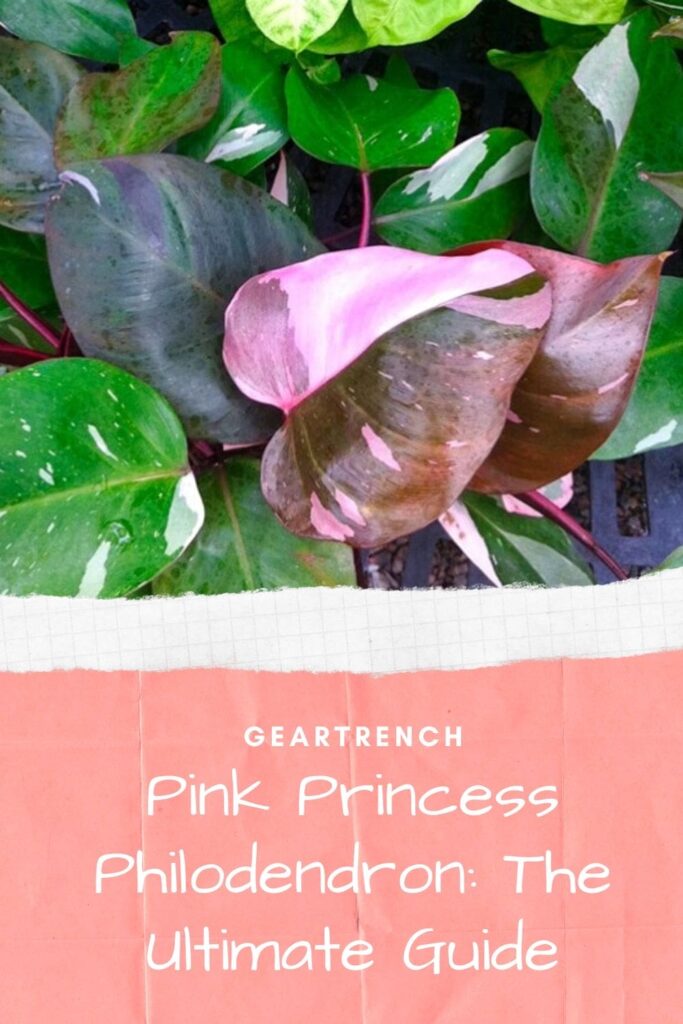
Don’t forget to share this post

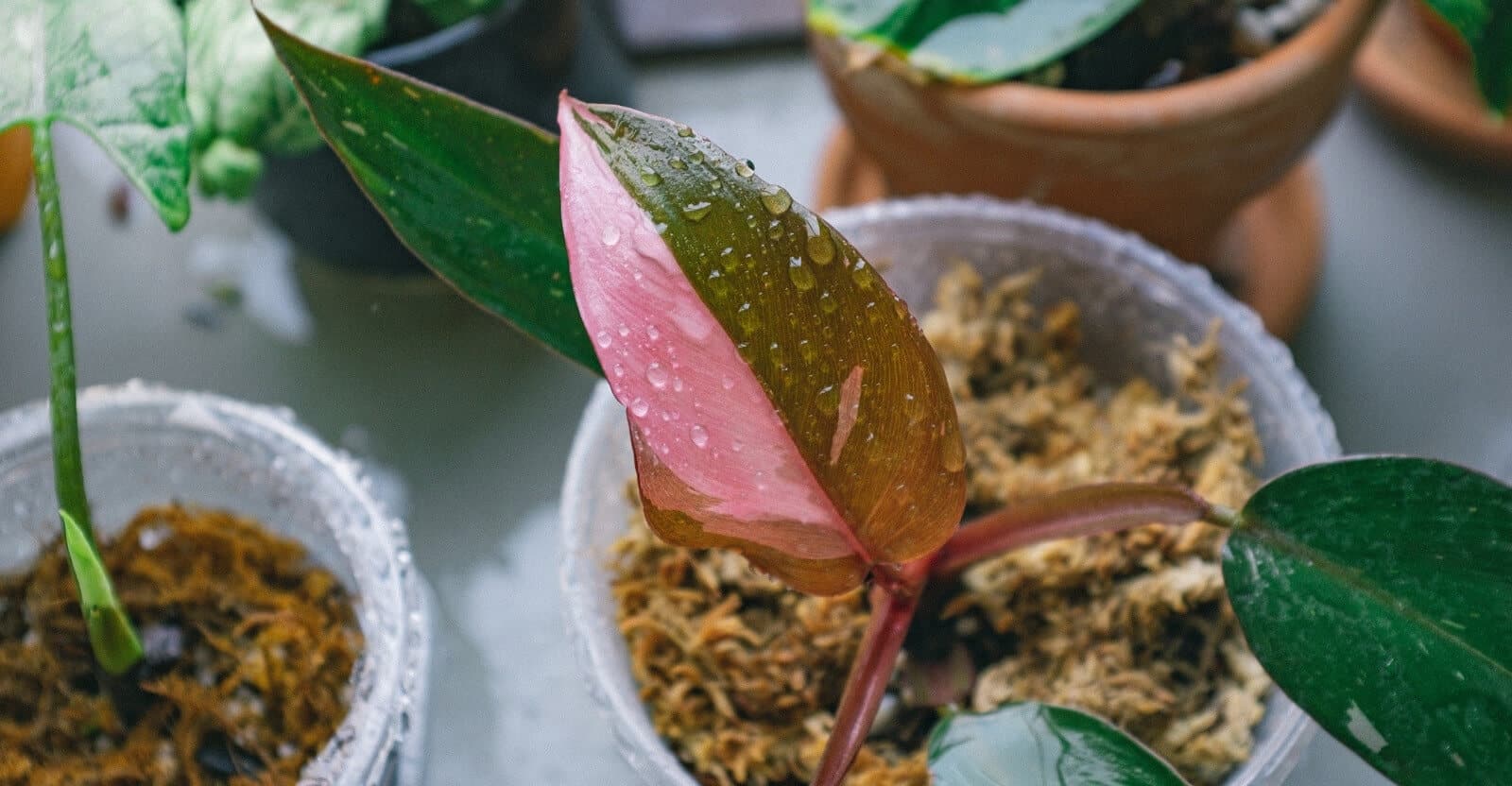
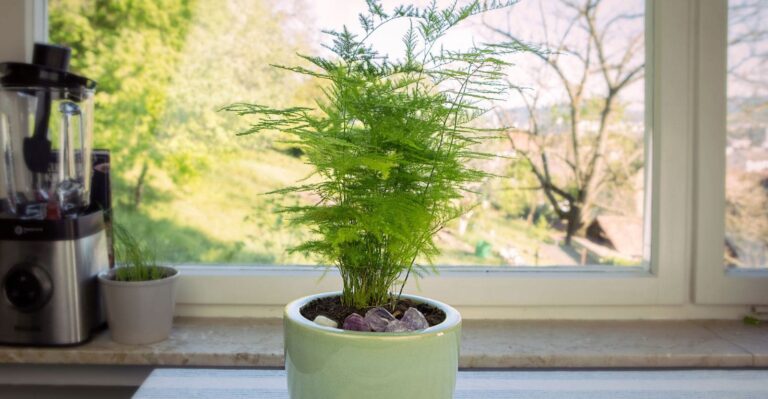

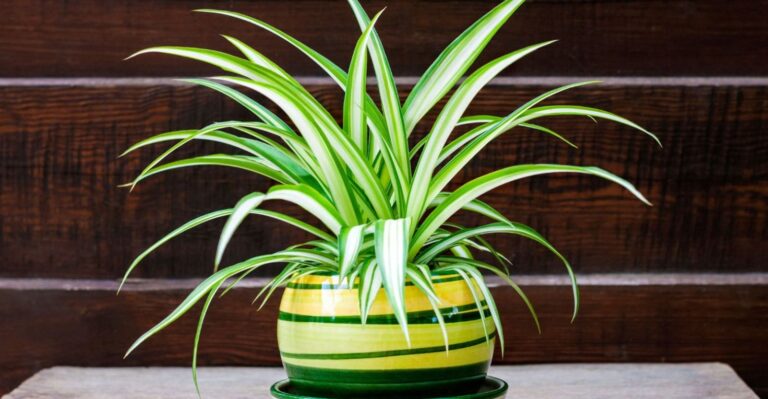
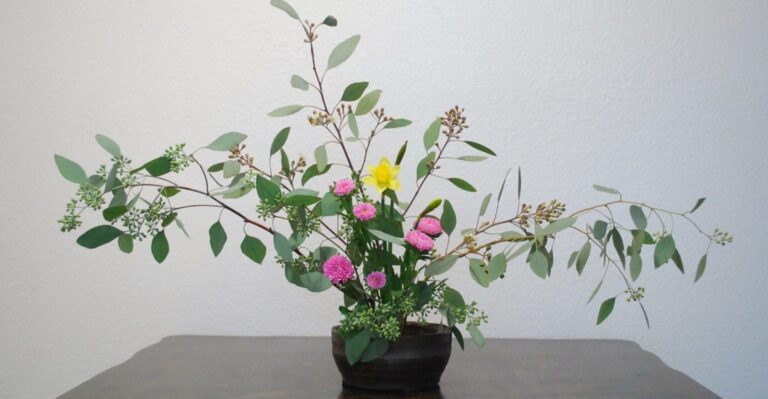


Thanks for sharing. I absolutely loved your ideas.